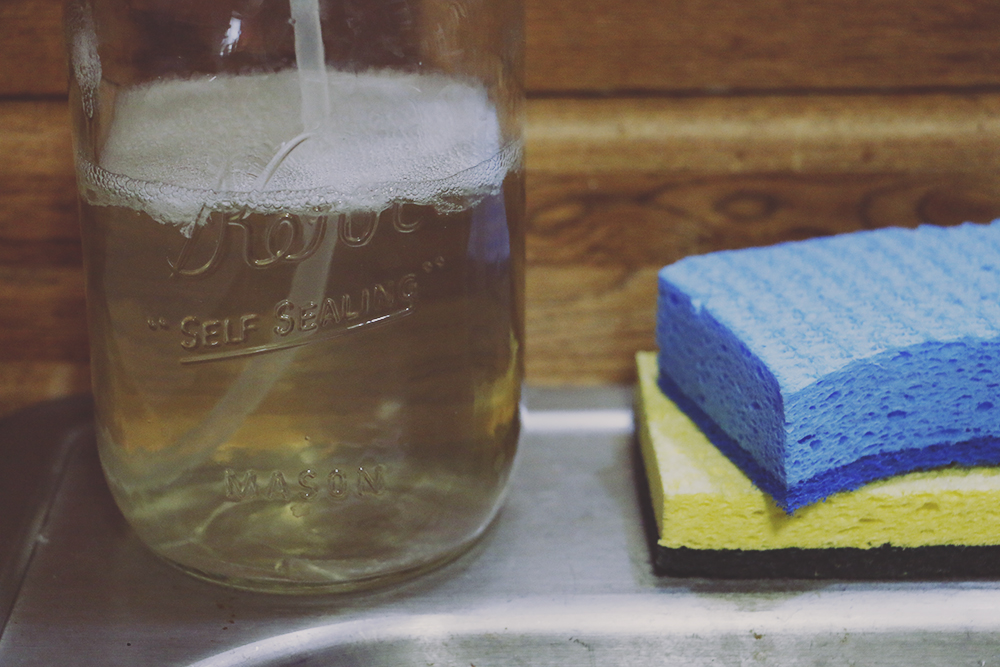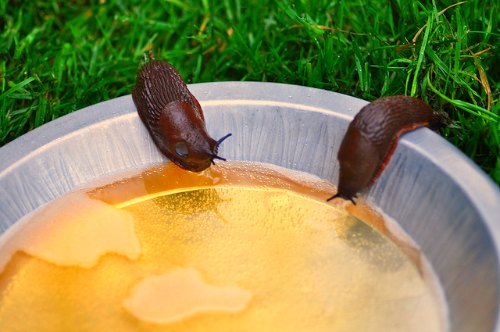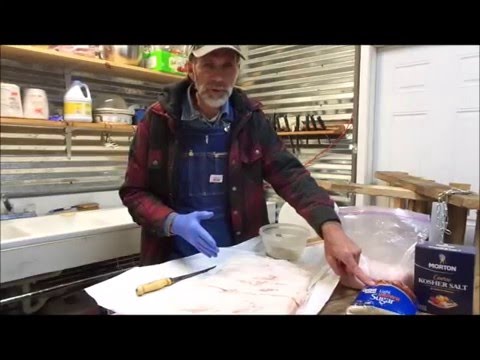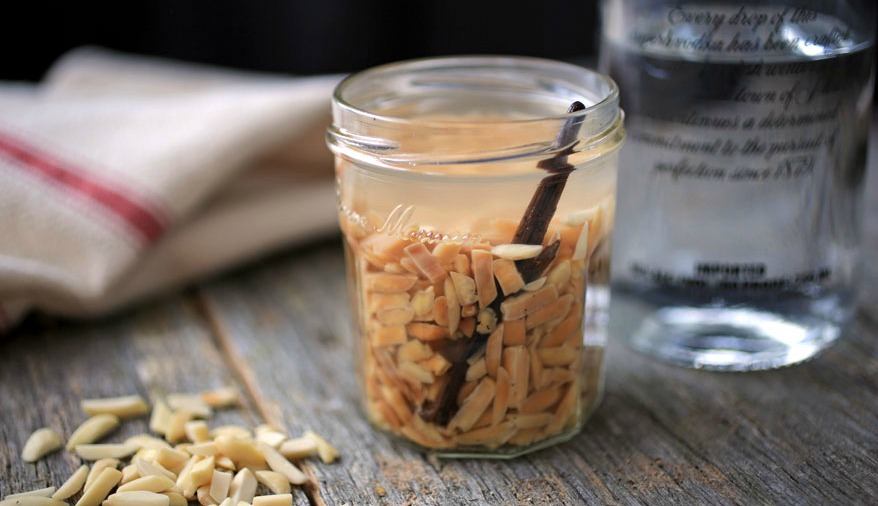DIY $5 Funnel Solar Oven (Video)
I love off-grid cooking of all kind, and a solar oven is something I’ve been wanting to make for a long time. I always thought that it was fairly expensive to make, but this guy made one for only $5. It’s amazing how much you can cook in one, and it is the most bare-bones … Read more








